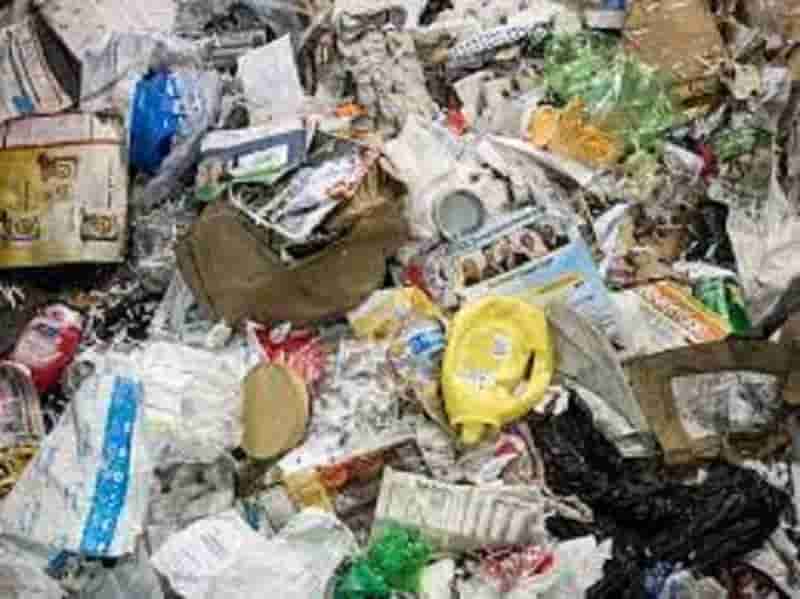Car-Plastic – Petrochemicals – PET 26-09-2022 - Arhive
MEG -rPET – NY – Petrochemicals 26-09-2022
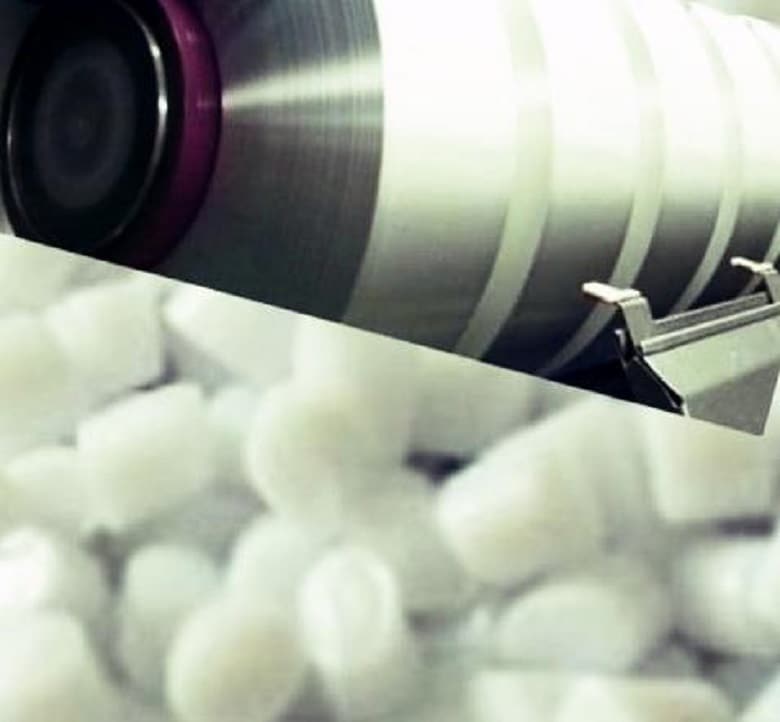
Crude Oil Prices Trend

Interzero and Eastman announced a long-term supply agreement for Eastman’s previously announced molecular recycling facility in Normandy, France. Interzero will provide up to 20,000 metric tonnes per year of hard-to-recycle PET household packaging waste that would otherwise be incinerated.
Interzero Plastics Recycling, as part of Interzero, is an innovation leader in plastics recycling with the largest sorting capacity in Europe and many years of experience. Headquartered in Germany, Interzero is a leading service provider of circular solutions in Europe and is strongly connected to its sister company ALBA Group ASIA both led by Chairman and Shareholder, Dr. Axel Schweitzer.
Eastman’s planned molecular recycling facility in France will become the world’s largest material-to-material molecular recycling plant. Once complete, the facility will recycle approximately 160,000 tonnes of hard-to-recycle polyester waste annually. The project is expected to be operational in 2025.
“Eastman is a leader in molecular recycling with decades of innovation expertise. Joining forces by combining the leading know how of Eastman and Interzero is the next step in closing the loop with our partners and a step closer towards a world without waste,” said Jacco de Haas, chief commercial officer at Interzero Plastics Recycling. “The world is facing a plastic waste crisis with far too little plastic waste being recycled, either from lack of collection or because it simply cannot be recycled by traditional methods. Eastman’s innovative process and this agreement bring a solution to this.”
Chemical recycling is a necessary complement to mechanical recycling to keep more raw materials in the loop. Both companies are committed to creating material circularity. Eastman’s facility in France will process colored and opaque PET waste that cannot be recycled mechanically to create clear and transparent rPET upon completion.
“Interzero and Eastman are committed to reducing plastic waste and creating circularity through collaboration and innovation,” said Brad Lich, Eastman executive vice president and chief commercial officer. “This agreement marks an important milestone towards Eastman’s investment in France. We are happy to build a strong collaboration in Europe with Interzero to provide a portion of the feedstock needed to successfully operate our facility.
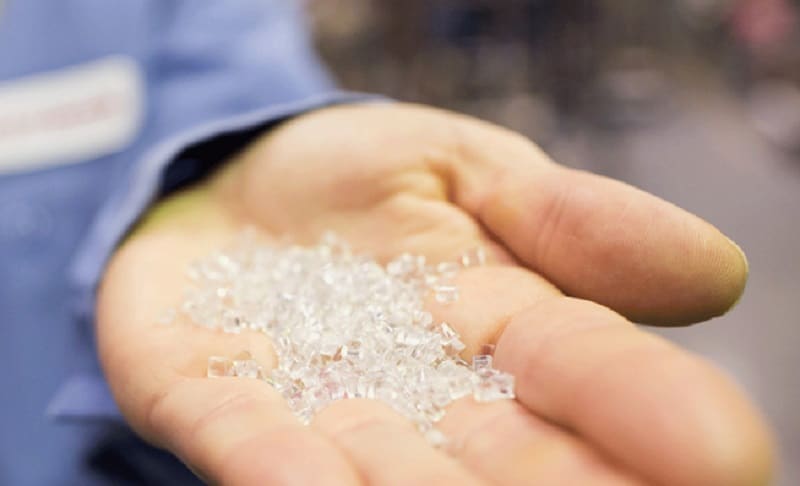
-Coca-Cola Sweden announces move to 100% recycled material in PET bottles
Coca-Cola Sweden has announced that, from 2020, it will make all its plastic bottles from 100% recycled material – becoming the first country in the world to do so. The transition will begin in the first quarter of 2020 and includes all plastic (PET) packaging made at Coca-Cola’s bottling plant in Jordbro.
By switching to 100% recycled material in its bottles, Coca-Cola seeks to eliminate the use of 3,500 tons of virgin plastic each year in Sweden. This will also reportedly result in an annual reduction in CO2 emissions of 25 percent over pre-transition levels when the portfolio comprised approximately 40 percent recovered PET.
The move to 100 percent recycled plastics for PET bottles includes the brands Coca-Cola, Fanta, Sprite as well as Bonaqua, comprising 40 different variants.“Plastic is an effective and valuable packaging material and we need to treat it as such, ensuring that nothing goes to waste. Coca-Cola Sweden wants to lead the development of a circular economy where all packages are collected so that they can be used again.” says Sofie Eliasson Morsink, General Manager for Coca-Cola European Partners Sverige. “Coca-Cola has set out global goals to work towards a world without packaging waste, which includes the goal to recover a bottle or can for everyone that they sell by 2030, and local markets are encouraged to go further and faster wherever they can. In collaboration with local and national partners, as well as through its brand communications, Coca-Cola Sweden wants to encourage all consumers to return all packaging so none of them end up as litter in nature by mistake.”
“Sweden is at the forefront in several areas associated with packaging and sustainability. Our deposit and return system, Returpack, is among the best in the world, which is instrumental to our making this transition now. As a large industry player, we have a responsibility to contribute to a circular economy within the beverage industry”, continues Sofie Eliasson Morsink.
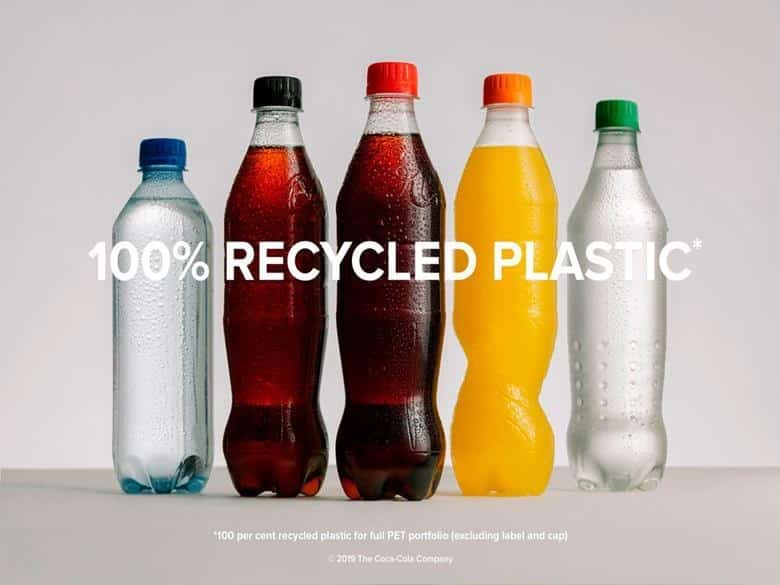
-Remarks by CEO Amin H. Nasser at Schlumberger Digital Forum 2022
Good morning, Ladies and Gentlemen.
Thank you Olivier for inviting me to join your Forum, here in beautiful Luzern.
After two summers lost to Covid, I hope everyone has enjoyed a well-earned break with family and friends. This week, however, autumn begins, and the global energy crisis promises a colder, harder winter, particularly in Europe.
Unfortunately, the response so far betrays a deep misunderstanding of how we got here in the first place, and therefore little hope of ending the crisis anytime soon. So this morning I would like to focus on the real causes as they shine a bright light on a much more credible way forward.
When historians reflect on this crisis, they will see that the warning signs in global energy policies were flashing red for almost a decade. Many of us have been insisting for years that if investments in oil and gas continued to fall, global supply growth would lag behind demand, impacting markets, the global economy, and people’s lives.
In fact, oil and gas investments crashed by more than 50% between 2014 and last year, from $700 billion to a little over $300 billion. The increases this year are too little, too late, too short-term.
Meanwhile, the energy transition plan has been undermined by unrealistic scenarios and flawed assumptions because they have been mistakenly perceived as facts. For example, one scenario led many to assume that major oil use sectors would switch to alternatives almost overnight, and therefore oil demand would never return to pre-Covid levels.
In reality, once the global economy started to emerge from lockdowns, oil demand came surging back, and so did gas.
By contrast, solar and wind still only account for 10% of global power generation, and less than 2% of global primary energy supply. Even electric vehicles comprise less than 2% of the total vehicle population and now face high electricity prices.
Perhaps most damaging of all was the idea that contingency planning could be safely ignored.
Because when you shame oil and gas investors, dismantle oil- and coal-fired power plants, fail to diversify energy supplies (especially gas), oppose LNG receiving terminals, and reject nuclear power, your transition plan had better be right.
Instead, as this crisis has shown, the plan was just a chain of sandcastles that waves of reality have washed away. And billions around the world now face the energy access and cost of living consequences that are likely to be severe and prolonged.
These are the real causes of this state of energy insecurity: under-investment in oil and gas; alternatives not ready; and no back-up plan. But you would not know that from the response so far.
For example, the conflict in Ukraine has certainly intensified the effects of the energy crisis, but it is not the root cause. Sadly, even if the conflict stopped today (as we all wish), the crisis would not end. Moreover, freezing or capping energy bills might help consumers in the short-term, but it does not address the real causes and is not the long-term solution. And taxing companies when you want them to increase production is clearly not helpful.
Meanwhile, as Europe aggressively promotes alternatives and renewables technologies to reduce one set of dependencies it may simply be replacing them with new ones. As for conventional energy buyers, who expect producers to make huge investments just to satisfy their short-term needs, they should lose those expectations fast. And diverting attention from the real causes by questioning our industry’s morality does nothing to solve the problem.
That is why the world must be clear about the real causes and face up to their consequences. For example, as investments in less carbon intensive gas have been ignored, and contingency planning disregarded, global consumption of coal is expected to rise this year to about 8 billion tonnes.
This would take it back to the record level of nearly a decade ago. Meanwhile, oil inventories are low, and effective global spare capacity is now about one and a half percent of global demand.
Equally concerning is that oil fields around the world are declining on average at about 6% each year, and more than 20% in some older fields last year. At these levels, simply keeping production steady needs a lot of capital in its own right, while increasing capacity requires a lot more.
Yet, incredibly, a fear factor is still causing the critical oil and gas investments in large, long-term projects to shrink. And this situation is not being helped by overly short-term demand factors dominating the debate. Even with strong economic headwinds, global oil demand is still fairly healthy today.
But when the global economy recovers, we can expect demand to rebound further, eliminating the little spare oil production capacity out there. And by the time the world wakes up to these blind spots, it may be too late to change course.
That is why I am seriously concerned.
Let me be clear: we are not saying our global climate goals should change because of this crisis.
All of us have a vested interest in climate protection. And investing in conventional sources does not mean that alternative energy sources and technologies should be ignored. But the world deserves a much better response to this crisis.
This is the moment to increase oil and gas investments, especially capacity development. And at least this crisis has finally convinced people that we need a more credible energy transition plan.
In turn, I believe that requires a new global energy consensus built on three rock-solid and long-term strategic pillars:
Recognition by policy makers and other stakeholders that supplies of ample and affordable conventional energy are still required over the long term;
Further reductions in the carbon footprint of conventional energy, and greater efficiency of energy use, with technology enabling both;
And new, lower carbon energy, steadily complementing proven conventional sources.
At Aramco, we are addressing all three.
We are working to increase our oil production capacity to 13 million barrels per day by 2027. We are also growing our gas production, potentially increasing it by more than half through 2030 with a mix of conventional and unconventional gas.
At the same time, we are working to lower our upstream carbon intensity, our gas flaring, and our methane intensity, which are already among the lowest in the world. We are also intensifying efforts to advance key enabling technologies, particularly CCUS which is mission-critical to a sustainable future.
Meanwhile, chemicals will become a much larger and more strategic part of our portfolio, showcasing the non-combustible uses of oil.
Importantly, we are steadily adding new, lower carbon energy to our own portfolio such as blue hydrogen and blue ammonia, renewables, and electro-fuels. This is our plan to be part of a practical, stable, and inclusive energy transition; others need theirs.
But transforming the massive existing worldwide energy system, and delivering a secure and sustainable future for everyone, is a truly formidable task. So the entire global energy ecosystem and its stakeholders have to work as an “industry plus” team.
We must partner to drive innovation and value on an unprecedented scale and speed to successfully deliver results across the three pillars. In my view, technologies of the Fourth Industrial Revolution are ripe for such partnerships, especially the rapid digital transformation of our industry. Because the right digital investments now could help deliver greater efficiency, lower costs, lower emissions, higher reliability, and higher profits over decades.
For example, at Aramco we have deployed machine learning techniques to predict and prevent safety hazards, monitor emissions, avoid breakdowns, optimize energy use, and predict potential cyber threats. These AI-powered systems are saving us time and money. And improving our ability to reliably supply energy to our customers.
But we want to go further, and we are stronger when we act as a network. That is why I am proud to announce that Aramco and Schlumberger are working on a smart sustainability platform that could commercialize a number of digital solutions and support our net-zero ambitions.
It is the latest chapter in our shared history which goes back to 1941. And I hope it inspires similar projects that will connect a bright future for our industry and the world.
Ladies and Gentlemen, as the pain of the energy crisis sadly intensifies, people around the world are desperate for help. In my view, the best help that policy makers and every stakeholder can offer is to unite the world around a much more credible new transition plan, driving progress on the three strategic pillars I have outlined this morning.
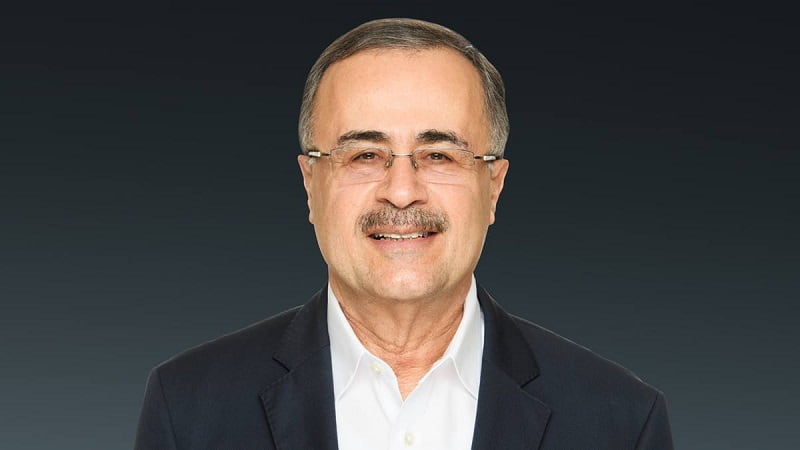
-What Plastic Do Car Manufacturers Use?
In today’s automotive vehicles, exterior body panels, interior components, and many internal mechanics are made up of nearly entirely plastic materials. However, plastics have been a part of car manufacturing since 1907 with the investigation of Bakelite, a synthetic plastic invented by Leo Baekeland. Bakelite was lightweight, durable, non-conductive, and heat resistant, making it perfect for early car components such as instrument panels, control surfaces, and specific engine parts.
While Bakelite may no longer be used in automotive manufacturing, its use has been replaced by an impressive selection of high-performance plastics that are helping shape the future of transportation. Parts made with high-performance plastics significantly improve a vehicle’s safety and reliability.
To understand how this is all happening, it’s essential to know the plastics involved. So here’s a rundown of today’s most popular plastics in car components and how they’re used.
Plastics Commonly Used In Automotive Parts
Plastics are a choice option for vehicle makers today because they are lightweight and inexpensive. Weight reduction appeals to the consumer’s desire for fuel efficiency, and plastic, in general, is corrosion-resistant and durable, which appeals to safety concerns. Plastics also provide significant design flexibility, making them more practical and inexpensive than metal.
To ensure that the materials used for manufacturing are both enduring and compliant, automotive manufacturers must adhere to a stringent set of industry requirements. This procedure is known as the material qualification process, and all plastics used in automobile manufacturing must undergo this.
As a result, the plastics found in cars are strong, reliable, and resistant to many harsh conditions. Here are some plastics you’re likely to find in car manufacturing.
1) Polypropylene
Polypropylene is the most common plastic found in vehicle manufacturing. A thermoplastic polymer can easily be formed into almost any shape. It has excellent chemical resistance and heat resistance. Polypropylene is frequently used in car bumpers, gas canisters, and carpet fibers.
Polypropylene is also a more economical alternative to expensive plastics of similar strength and durability, which helps drive down the cost of manufacturing.
2) Polycarbonate
Like polypropylene, polycarbonate is known for its impact resistance which is why you’ll find it used in headlamp lenses and car fenders. Polycarbonate is highly weather-resistant and can withstand everything from heat and cold to rain and snow. In addition, polycarbonate’s lightweight features lower an automobile’s overall weight, enhancing its performance and fuel economy.
3) PVC Plastic
PVC (polyvinyl chloride) is a flame-resistant material that can be shaped into flexible and stiff components. Due to its formability and sleek appearance, PVC is another popular material used in automobile interiors—particularly for dashboards, consoles, door coverings, and other interior body elements.
4) ABS Plastic
Like PVC, ABS (acrylonitrile butadiene styrene) plastic has an attractive, smooth finish and is frequently used to make dashboards and steering wheel coverings. In addition, ABS sheet is highly durable and heat resistant. Because it can absorb and redistribute energy during a collision, it’s a popular material when designing a vehicle for passenger safety.
5) Polyethylene
Polyethylene excels in components that require moisture resistance at a relatively low cost but also feature high-impact resistance, low density, and durability. Polyethylene is most often used for glass-reinforced car bodies and electrical insulation.
6) Nylon 6/6
Nylon 6/6 is a versatile nylon that has excellent wear resistance and is used to fabricate parts through both molding and extrusion techniques. In addition, it is frequently used in weatherproof coatings and is favored for its durability, affordability, and stability.
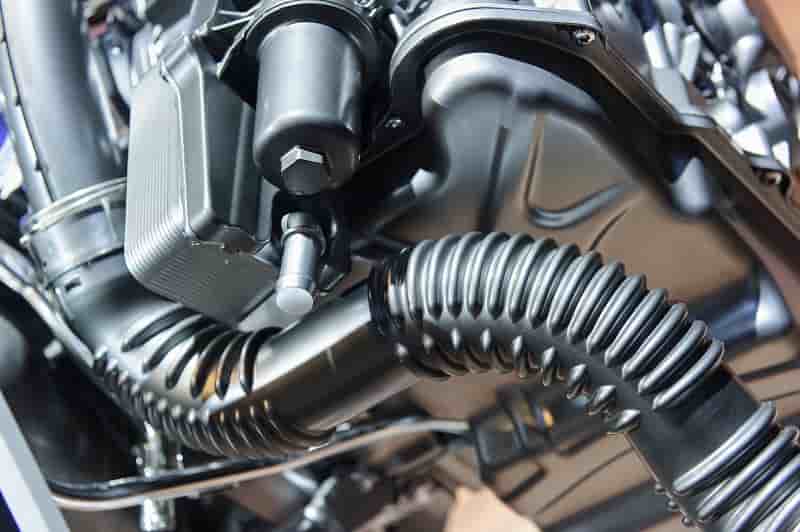
-Selenis buys DAK’s PET resin manufacturing facility in North Carolina
Selenis has acquired specialty PET resin manufacturing in North Carolina from DAK Americas.
The batch production lines purchased by Selenis in Fayetteville, NC have an annual production capacity of 55 million pounds. They are used to manufacture Glycol Modified PET (PETG).
In a press release, Selenis officials said that given the continued development and growth of the North American market, the company “continues to pursue its expansion plans towards local production.”
“Our goal is always to take care of our employees, our customers and our shareholders,” said CEO Duarte Matos Gil. “This new agreement will help us expand the geographic and industry reach of our products.”
Officials added that Selenis is “very focused” on sustainability, centering its innovation on developing products with up to 50 percent recycled content and fully recyclable PET solutions. The company’s advances in molecular recycling “transform waste into the building blocks of their specialty resins, helping to fight climate change.”
Earlier this year, Selenis renewed its Recyclass certifications for the traceability of recycled content. The certifications attest to the use of 30 percent and 50 percent post-consumer recycled content in the company’s Eco Resins that it commercialized in 2019.
Based in Portalegre, Portugal, Selenis manufactures specialty polyester, PET and copolyester resins. The company is owned by the investment firm IMG Group from Porto, Portugal. IMG also owns global polyester film manufacturer Evertis and is a 50:50 partner with Mexico’s Alpek Group in a PET bottle resin plant in Montreal.

-ITMA ASIA + CITME 2022 cancelled
2023 exhibition will still be held at the National Exhibition and Convention Centre (NECC) in Shanghai.
ITMA ASIA + CITME 2022 has been rescheduled to November 2023 due to the uncertain pandemic situation in China.
Show owners Cematex and its Chinese partners, the Sub-Council of the Textile Industry, CCPIT (CCPIT-Tex), the China Textile Machinery Association (CTMA) and China Exhibition Centre Group Corporation (CIEC) have advised that the new show dates will be announced shortly.
“Due to the present circumstances in China, we have decided to reschedule the combined show to next year when the pandemic situation is expected to stabilise,” said Ernesto Maurer, president of Cematex. “As the exhibition features the participation of overseas exhibitors and visitors, we believe it is in the interest of the industry that we postpone the exhibition to allow greater participation at the most important textile machinery exhibition in Asia.“
We are very grateful to our exhibitors, media and industry partners for their support,” added Gu Ping, president of the CTMA). “Although the preparatory work has been going smoothly and we are looking forward to the exhibition opening, we must also ensure the health and safety of all our participants.”
ITMA ASIA + CITME 2022 is organised by Beijing Textile Machinery International Exhibition and co-organised by ITMA Services. The Japan Textile Machinery Association is a special partner of the show.
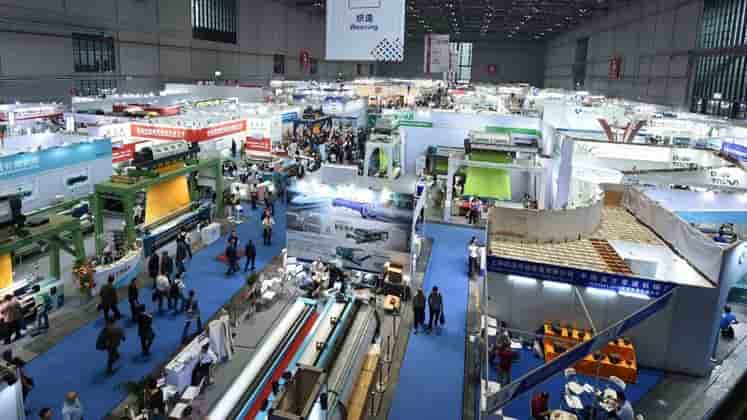
As global recycled plastics markets face extreme volatility, Q2 2022 US trade data on plastic scrap material continues to show increased domestic recycling activity, noted by decreasing exports and increasing imports.
Though at present US post-consumer recycled polyethylene terephthalate (R-PET) and recycled polyethylene (R-PE) markets are experiencing demand softness and thus a temporary oversupply of material, both markets suffer from long-term systemic shortages in collected plastic waste. This has encouraged material imports from other North American countries and from Asia.
According to trade data from the US Census Bureau, plastic scrap imports, noted by the HS code 3915, have been following an upward trend since 2012.
Based on 1H 2022 data, Canada and Mexico combined made up nearly two-thirds of plastic scrap imports, totalling over 151,500 tonnes.
During Q2 2022 alone, nearly 120,000 tonnes of scrap plastic was imported into the US.
On the other hand, plastic scrap exports from the US have been decreasing, showing a 74% drop when comparing Q2 2022 to Q2 2017, following the February 2017 announcement of the Chinese National Sword policy to limit shipments of scrap material to China.
Plastic scrap derived polymers of ethylene – HS code 391510, continues to be a primary driver of US plastic scrap exports.
PE-based plastic scrap accounted for 44% of plastic scrap exports in Q2 2022.
Canada and Mexico were also main destinations for exported scrap plastic, receiving 50% of total exported plastic scrap in 1H 2022.
Based on this data, it is clear that intra-North American recycled plastics markets are becoming more and more interdependent, leveraging the various strengths of collection and recycling infrastructure from each region.
Though this data confirms the continuation of plastic scrap macrotrends, Q3 data may tell a different story due to changing global market trends.
Domestic polyethylene terephthalate (PET) bottle bale prices fell significantly beginning in July on seasonal oversupply and weak demand from large end markets like fibre, and have persisted at ICIS record lows ever since.
